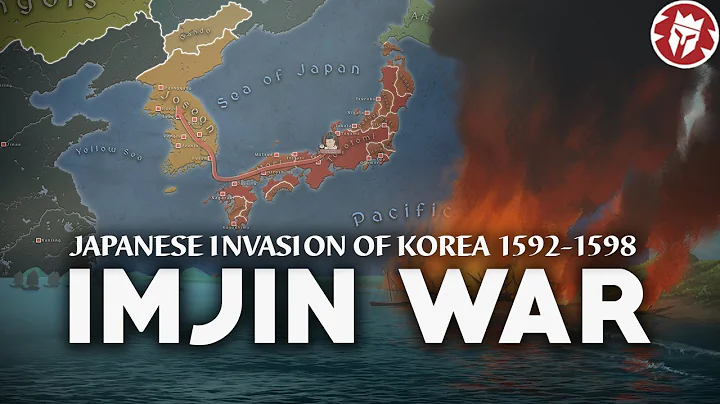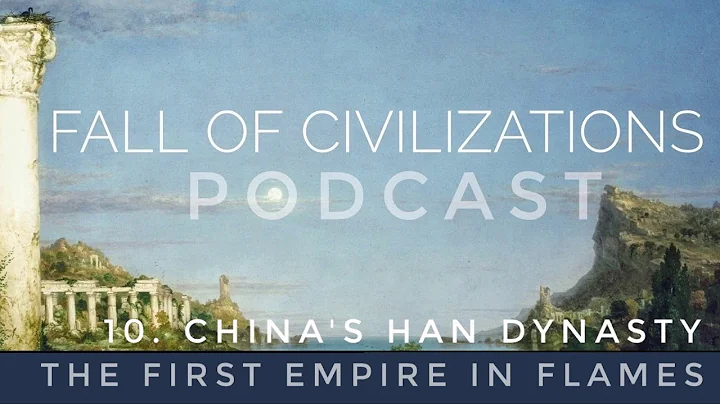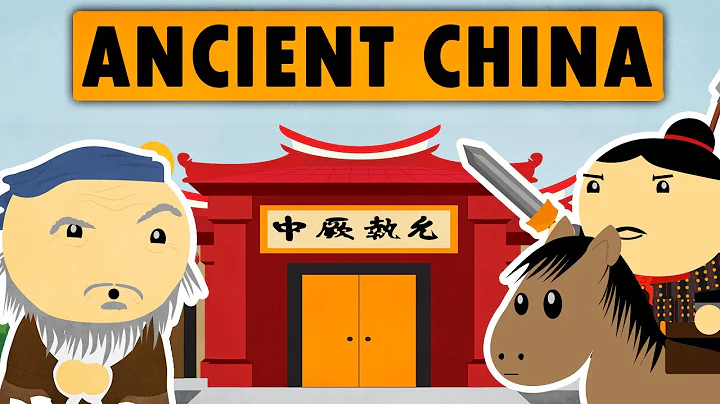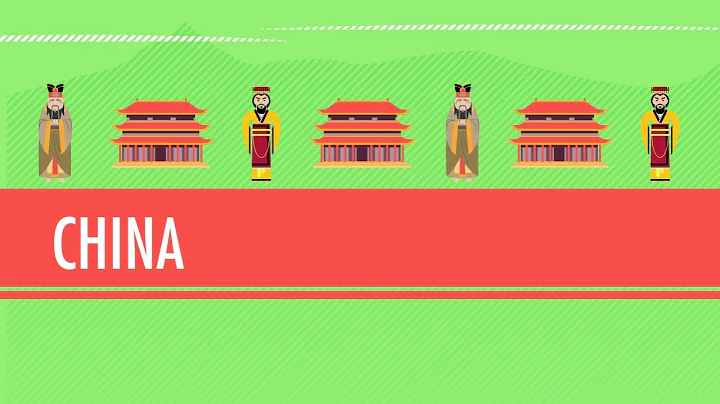In 1592, the 150,000 Japanese army landed from Busan and drove straight in, attempting to use North Korea as a springboard to invade China. Within a month of North Korea, the eight roads and seven roads all over the country fell and the capital fell, and the king of Joseon fled to Uiju on the border between China and North Korea. North Korea appealed to the Ming Dynasty, the suzerain state at that time, for help, and the Ming Dynasty immediately sent troops to North Korea to fight against the Japanese.
The outbreak of the Wanli Korean War and the 21st year of Wanli in the Ming Dynasty was a period of decline in the national power of the Ming Dynasty, which was the last year of the Ming Dynasty. Even at the end of the Ming Dynasty, how could a little Japan have the idea of occupying Korea and invading China? In fact, the Ming Dynasty had conflicts with Japan since the founding of the country. In the early years of the Ming Dynasty, Zhu Yuanzhang sent envoys to Japan. Japan refused to pay tribute and killed the envoys. During the Jiajing period, the two Japanese trade teams fought in Ningbo, China. The war spread across the coast of Zhejiang, which was called a battle for tribute in history. Later, the Japanese merchants, samurai, peasants who went bankrupt during the Warring States Period colluded with pirates in China to become Japanese pirates. They harassed China's southeast coast and became a major foreign trouble during the Jiajing period. It can be seen that the relationship between the Ming Dynasty and Japan was not so good.
Japan before the Wanli Korean War belonged to the Warring States Period. The Chinese say that heroes emerge in troubled times, and so did the Warring States period in Japan. Many heroes such as Oda Nobunaga, Tokugawa Ieyasu, and Takeda Shingen have emerged. The first thing we want to talk about is Oda Nobunaga. This man worked hard during the Warring States period and worked hard to unify half of Japan, making the Oda clan the largest clan in Japan. However, when he was about to complete the great cause of unifying Japan, his subordinates Akechi Mitsuhide launched a rebellion and burned the Honnoji Temple, which is known as the change of Honnoji Temple. This coup caused Nobunaga to be buried in the flames and his feat of unifying Japan was vanished. After Oda Nobunaga's death, the original retainers fought against each other, and among them was Hashiba Hideyoshi who later launched the Wanli Korean War. In the struggle, Hideyoshi defeated the original retainers of the Oda family and Mitsuhide, who launched the rebellion, enabled Hideyoshi to inherit all the strengths of the Oda family, and then launched the Kyushu Expedition and the Battle of Odawara Castle, completing the great cause of unifying Japan. Hideyoshi Hashiba changed his surname to Toyotomi to serve as a Japanese official.

Japanese samurai
After Toyotomi Hideyoshi took over Japan, his ambitions swelled, and he was not satisfied with the status quo, so he wanted to invade Dai Ming. He believes that he was born in a peasant family but can unify Japan, and now as the overlord of Japan, he will certainly be able to conquer China. In fact, Hideyoshi’s thoughts were only one aspect. What really made him implement his actions was the other two reasons. First, Hideyoshi believed that the Ming Dynasty was politically corrupt and the army’s combat effectiveness was low, because the Japanese pirates on the southeast coast were able to control the Ming Dynasty during the Jiajing period. The hens and dogs are restless, the Ming Dynasty must not be Japan's opponent. Second: Hideyoshi learned from the Portuguese colonists that Portugal, Spain, and the Netherlands in Europe are actively exploring overseas colonies, and Japan should also follow the trend of the world and embark on the road of expansion. Toyotomi Hideyoshi decided to send troops to occupy North Korea first after considering various reasons, using North Korea as a springboard to invade Daming.
In 1592, 150,000 Japanese troops landed from Busan and drove straight in. At this time, there was fierce partisanship in the Lee Dynasty of North Korea. Following the Japanese attack, two-thirds of North Korea’s territory fell and the capital was lost. North Korea immediately appealed to the Ming Dynasty for help and begged the Ming Dynasty to send troops.

Japanese offensive route


Korean troops fighting the Japanese
Later, under the leadership of General Li Rusong, they fought the Japanese in the Battle of Pyongyang and the Battle of Bijokan. The Korean navy also repeatedly defeated the Japanese navy at sea. In addition, the rebels all over Korea resisted, and the Japanese finally agreed to negotiate a peace. But after the farce of peace talks lasted for a year, the Japanese army again prepared to attack North Korea. However, under the joint operations of the North Korean Ming Dynasty's land and water armies, Japan completely defeated Japan in 1598, and all Japanese combat personnel were withdrawn to the country.
In fact, Toyotomi Hideyoshi had passed away before the defeat of the Japanese army. Before he died, he should have been wondering that he was sent to attack North Korea by the strongest Sengoku military regiment, and it was also one of the few powerful fighters in Japanese history. Why did he lose so badly to the Ming Dynasty in North Korea? (Wanli Korean War Japanese troops dispatched 150,000 troops, And the Ming Dynasty increased its troops step by step, at most 70,000 troops.) In fact, the combat effectiveness of the Japanese army is stronger than that of its own country’s previous army. In the Wanli Korean War, the Japanese army was dominated by infantry and musketeers. The infantry was composed of foot soldiers, samurai, and a few sword ninjas, and lacked light and heavy cavalry. The Musketeers consisted of the iron artillery of Ashikari and Samurai, lacking heavy artillery. The reason is because Japan is mountainous. The previous wars in the Warring States period were suitable for infantry and musketeers, which was not conducive to cavalry artillery operations (except for the cavalry of Takeda and Date, most battles were mainly infantry). In the seventeenth century, an era of hot and cold weapons, the cavalry still maintained the prestige of the cold weapons era, while artillery showed the domineering weapons of the new era. The army in the Ming Dynasty was dominated by the Liaodong cavalry, and the infantry was also joined by the Qi’s army who fought against the Japanese pirates. The entire army was equipped with large and small artillery. The only disadvantage was that the musketeers were not as strong as the Japanese army. But they were mainly single-eyed blunderbuss, while the Japanese iron cannons belonged to the arquebus. It was probably because the Ming Dynasty found that the muskets were not as powerful as the nomad bows and arrows during the battle with the nomads, and all began to vigorously develop artillery, and the Japanese Civil War The range of bows and arrows in the mainland of Central Japan is usually only a few tens of meters, so the introduction of iron cannons quickly replaced bows and arrows.) However, the Japanese army is undoubtedly defeated by the overall strength.


日军铁炮兵
As for Toyotomi Hideyoshi's opinion, the Ming Dynasty’s political corruption and the low combat effectiveness of the army were only the Ming Dynasty during the Jiajing period. During the Wanli period, the Ming Dynasty carried out the Zhang Juzheng reform. The politics was relatively clear, and the army's combat effectiveness increased. Although the national strength declined in the 21st year of the Wanli period, there was no significant decline. In addition, the switch trade in the previous Longqing period has accumulated for the Ming Dynasty. a large fortune. On the other hand, Japan has experienced the turbulent times of the Warring States period, the country is awaiting prosperity, and its economy is weak.
Throughout the Wanli Korean War, China and Japan dispatched the most sophisticated troops. Japan dispatched the Warring States Corps and dispatched many famous generals in the Warring States Period, and the troops and generals in the Ming Dynasty were not breakfast buckets. During the period from Jiajing to Wanli in the Ming Dynasty, there was a saying that there was Qi Jiguang in the south and Li Chengliang in the north. . At that time, Qi Jiguang had passed away for many years. Li Chengliang was also idle at home, but the troops trained by the two participated in the battle. The Qi family army and the Liaodong iron cavalry, the first time they entered the North Korean battle, Li Rusong, the son of Li Chengliang, did not lose to Japan at all. Warring States Legion.


Ming Dynasty artillery (Flange machine gun and tiger squat cannon)
The Wanli Korean War was an international war that took place in East Asia. The defeat of Japan by the Allied Forces of the Ming Dynasty established the three-hundred-year pattern of East Asia, China, Japan and Korea. In fact, Toyotomi Hideyoshi is not wrong to let Japan embark on the road of expansion, because Japan is still embarking on this road three hundred years later. It was not wrong to use North Korea as a springboard. Later it was also the strategy. The mistake was that the Ming Dynasty was not the Native Americans encountered by Portugal and Spain. It is useless to meet a wrong opponent, no matter how good the strategy is!
Thank you, don’t spray if you don’t like it.





















